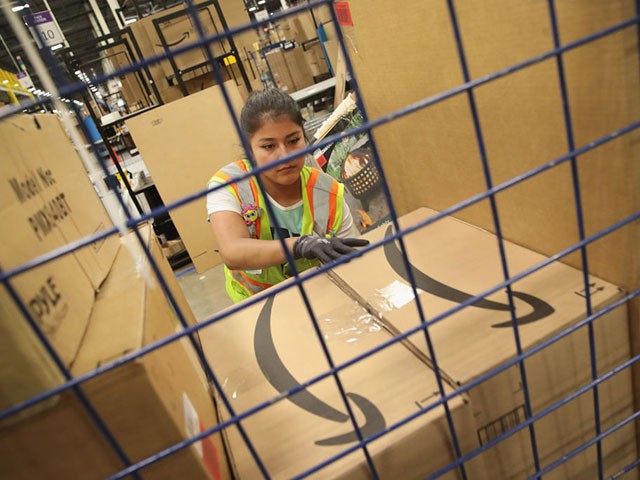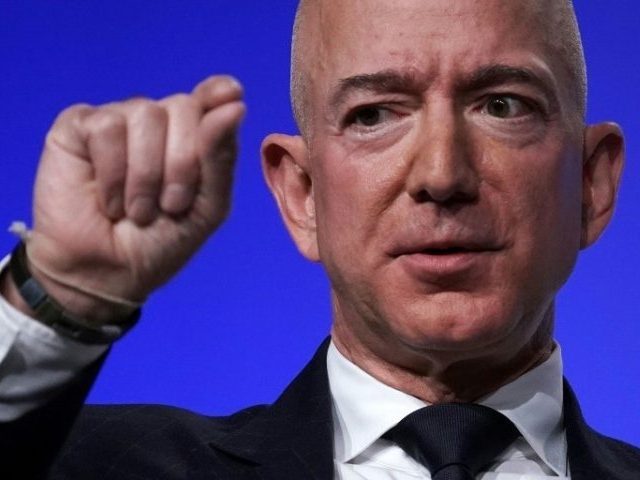As Amazon faces an antitrust lawsuit filed by the FTC and 17 states, many of the lawsuit’s allegations focus on how Amazon treats its third-party sellers. As both a platform and a competitor, Amazon has allegedly used its overwhelming power to destroy small businesses that dare to find success on its platform through underhanded tactics and platform manipulation. The stories of individual Amazon sellers provide details of just how Amazon has abused its power.
The FTC, backed by 17 state attorneys general, has thrown a legal challenge at Amazon, alleging that the company has illegally used its monopoly power to suppress rivals, which ultimately disadvantages consumers. The lawsuit claims that Amazon penalizes third-party sellers who offer lower prices on other platforms, coerces them into using its shipping service, and arbitrarily raises fees. William Kovacic, a law professor and a former chair of the FTC, draws a parallel between this case and those against railroad monopolies a century ago, stating, “There were long-standing concerns about how a company that owns a crucial asset can impose terms, conditions, or restraints on third parties who also use that asset.”

ROMEOVILLE, IL – AUGUST 01: Workers pack and ship customer orders at the 750,000-square-foot Amazon fulfillment center on August 1, 2017 in Romeoville, Illinois. On August 2, Amazon will be holding job fairs at several fulfillment centers around the country, including the Romeoville facility, in an attempt to hire more than 50,000 workers. (Photo by Scott Olson/Getty Images)
Breitbart News recently reported on just one way that Amazon abused pricing on its platform using a secret algorithm called “Project Nessie:”
The algorithm, as per sources familiar with the FTC’s complaint, was instrumental in bolstering Amazon’s profits across a wide variety of shopping categories. Not only did it serve to enhance Amazon’s financial gains, but it also inadvertently nudged competitors into elevating their prices, thereby imposing a financial burden on consumers. In scenarios where competitors abstained from matching Amazon’s prices, the algorithm astutely reverted the item to its original price.
NPR reports that individual Amazon sellers, many of whom created companies around their early Amazon success, have experienced the negative impacts of Amazon’s power. Douglas Mrdeza, an entrepreneur from Michigan, embarked on a journey with Amazon in 2014, initially listing a specialty hair pomade, Suavecito, to offset an overstock issue in his barbershop. The product sold out swiftly, and Mrdeza expanded his venture, eventually establishing company named Top Shelf Brands. Within a few years, his business, boasting over 40 employees, four warehouses, and $25 million in revenue primarily from Amazon sales. “It was thriving, for sure,” Mrdeza reflects. “We were all in.” However, the prosperity was short-lived. By 2022, Top Shelf Brands ceased operations and declared bankruptcy, exemplifying the volatile nature of success on Amazon’s platform.
Top Shelf Brands reportedly failed because Amazon began selling the brands itself, displaying its listings above its smaller competitor, and pricing them into the dust. A similar situation occurred to Nicholas Parks, president of SnobFoods.com. He found success selling Valentina hot sauce on Amazon, until Jeff Bezos’ company decided to compete.
NPR Explains:
By subscribing, you agree to our terms of use & privacy policy. You will receive email marketing messages from Breitbart News Network to the email you provide. You may unsubscribe at any time.
“It doesn’t even matter if I’ve sold it for 10 or 15 years. Once Amazon starts selling it, I’m just closed out of the market for that product,” Parks says. “Right now, I have like seven or eight pallets of Valentina in my warehouse.”
When Parks tallies up the fees for the “optional services” he pays to Amazon, including high-up search placement, warehousing and shipping, he says at least half of what he earns on the platform goes to Amazon. And if he tries to sell a product for a lower price on another platform, Amazon can yank his listing or bury it in the platform’s search results.
Read more at NPR here.
Lucas Nolan is a reporter for Breitbart News covering issues of free speech and online censorship.



COMMENTS
Please let us know if you're having issues with commenting.